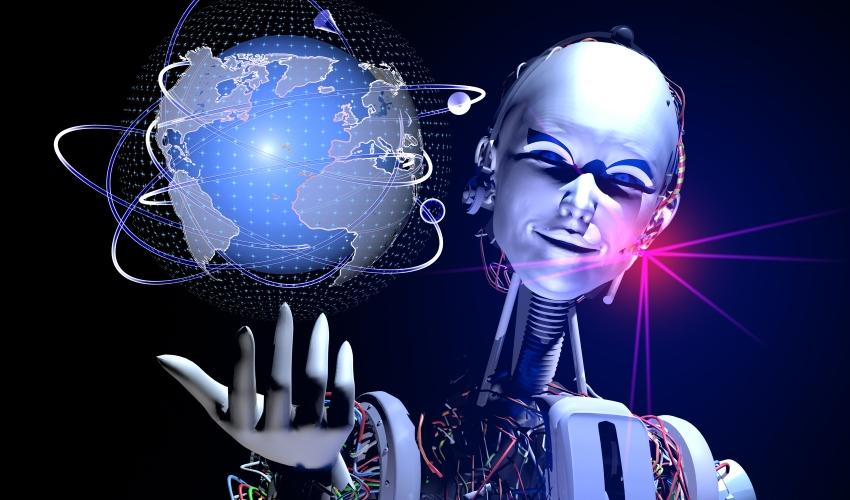
Learning Is a Quantum Question
CARLO BALDASSI AND RICCARDO ZECCHINA VERIFY TWO COMPUTATIONAL TECHNIQUES CONCERNING MACHINE LEARNING, AND SHOW THAT THE ONE BASED ON QUANTUM THEORY MINIMIZES ERRORSWe taught machines to learn and now our computers can easily identify a cat from a dog, yet the techniques we have developed are not based on a grounded theory. They are extremely complex “recipes” that aim to minimize errors by gradually changing a large number of parameters. It is like having millions of knobs to adjust at once: you may find the right combination, but it is a time consuming process. The current techniques are the result of decades of empirical research based mostly on intuition. It is therefore important to find relatively simpler systems and to do it in a theoretical framework that allows extension of these results to different fields of application.
This is is the kind of work that Carlo Baldassi and Riccardo Zecchina are doing. In Efficiency of quantum versus classical annealing in non-convex learning problems, a paper recently published in PNAS, they deal with the subject by comparing the efficiency of two computational techniques in relation to machine learning: the (classical) simulated annealing and the quantum annealing. The former can be roughly described drawing an analogy with a physics phenomenon: it is what happens when a metal in semi-liquid state is gradually cooled. The process lowers the object’s internal energy and optimizes the order of the atoms. In machine learning, that energy is represented by the number of errors to be minimized. “We demonstrate that, in machine learning, simulated annealing does not work, unlike quantum annealing. The latter exploits the quantum properties of matter. It is a magnetic field, rather than a temperature, which is gradually reduced to reach the optimum”, Baldassi explains, drawing to another analogy.
“This is a way to find solutions with excellent generalization capabilities and effectively accessible through algorithms. Beyond any application – the transition from theory to practice is not simple at all, but on the market there are already prototypes that use quantum annealing – the paper fits into the framework of the development of a theory of machine learning and contributes to the understanding of how it works and how it can be improved”.
Read more about this topic:
Riccardo Zecchina. Teaching Machines How to Learn to Improve Business and Life
Daniele Durante. How to Study Dynamic Networks
Dirk Hovy. The algorithm that Prevents Suicide
Antonio Lijoi, Igor Pruenster. Algorithms for Analysis of Complicated Phenomena
Alessia Melegaro. The Network Modeling Chip that Fights Influenza
Raffaella Piccarreta, Marco Bonetti. A (Statistical) Model for Life
by Claudio Todesco
